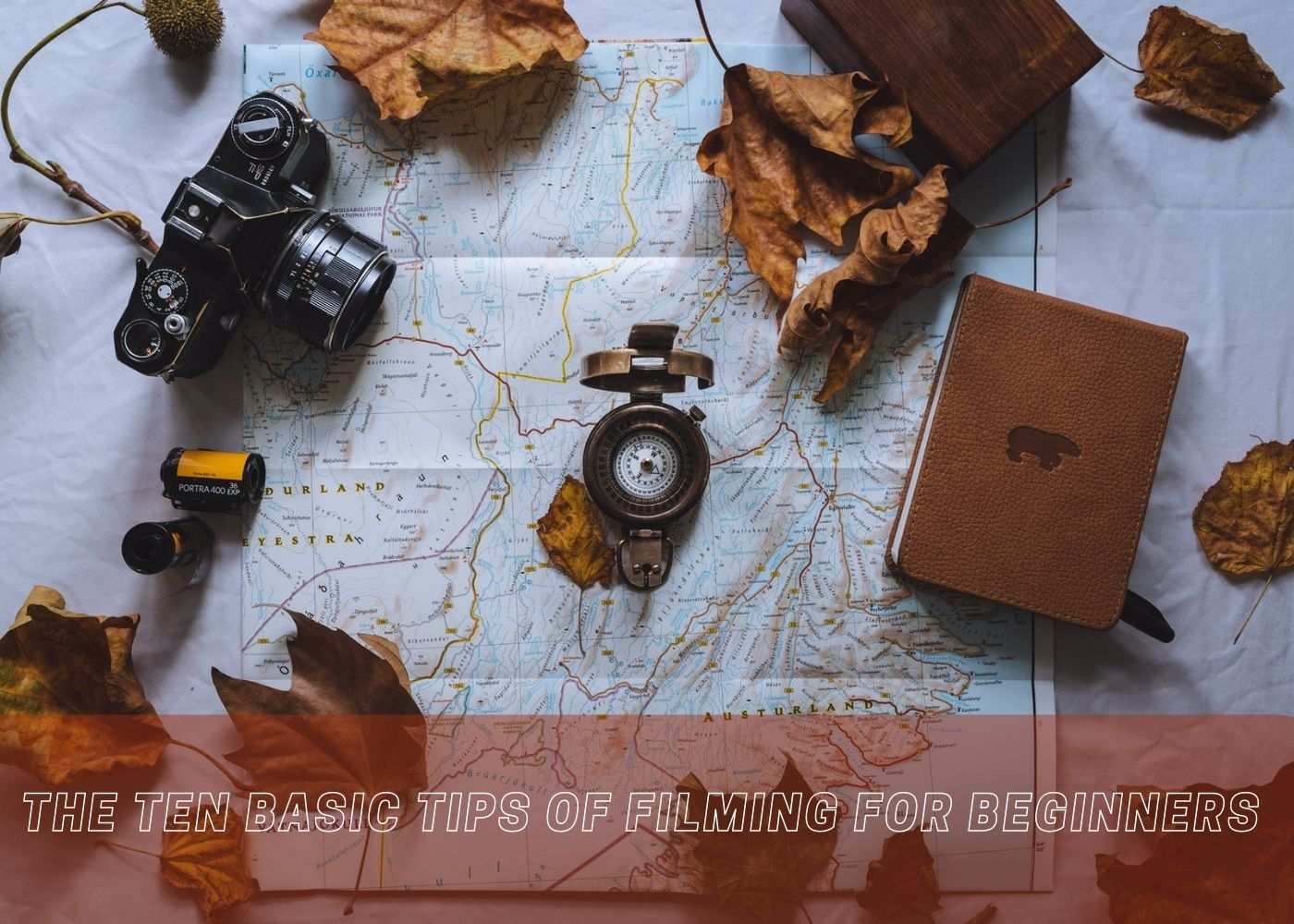As a person just starting out to learn filmmaking, especially with basic equipment; the best guidance that can be given you is to keep your process and technique simple. The tips shared in this article, will hopefully, help you start off on a good footing by being able to take good shots and record usable sound with basic equipment such as camcorders, still cameras, or even your smartphone.
Before you get into filming proper, make sure that you check that your camera is ready and that you have a fully charged battery, a clean lens, and there’s sufficient free memory. When you have made certain of those; then you are ready to begin your first experience in filmmaking.
Here are the ten basic tips you should follow when filming:
1. Take Separate Shots
One of the basic errors that beginners make in filming is that they attempt to follow the action and consequently wave the camera around. This is often one of the causes of unsteadiness in film shots. Don’t move the camera about to scan the scene or follow the action; instead, arrange your filming as a series of separate shots, keeping the camera steady for each one.
2. Keep It Steady
For some shots, it is important to have the camera very steady. This is when it is very important to support the camera with a tripod, or by resting on a table, a wall, the back of a chair, or any other position that would help you get the steadiness of the camera. If you can turn on image stabilization on your camera.
3. Move Around: Take Shots from Different Angles
The angles around a subject or object often present different perspectives and tell different stories. It is, therefore, necessary to give your film such aesthetic values by shooting from different angles and places and not just from eye level. Shoot from above, from below, and from different positions around the subject.
4. Frame Carefully
Capture each shot carefully within a frame and keep it simple: get one thing in each shot and pay close attention to the background and the edges of the shot, keeping the camera level. Ensure that each succeeding shot is clearly different from the one before it.
5. Don’t Zoom
One temptation that newcomers tend to give in to is that of zooming in and out of shots. While this may be useful in some shots for certain effects; it is however one of the causes of picture unsteadiness. If your camera has a zoom lens, you may want to zoom all the way out, and stay zoomed out. What this does is that the camera shake will be less obvious, and sound quality will even be better because it will require you to get closer to the subject.
6. Get in Close
As we just mentioned above, zooming out will force you to get close to the subject, but you may need to use a lot of close-ups to draw viewers’ attention to important things; but don’t zoom in: instead, get the close-up shots by moving closer to the subject.
7. Check the Light
Most of the basic cameras produce poor image quality in low light. Ensure that you film where there’s a sufficient supply of light but not too much contrast; always film with the light behind you.
8. Take Control
It may prove to be an unwise decision if you choose to trust technology absolutely when filming. The fact that a camera has an autofocus feature doesn’t mean that you have to rely on autofocus and automatic exposure. You should learn to take control of your shots by locking exposure and focus on the most important part of the image shot and then adjust the exposure where necessary. You can also learn to set exposure and focus manually.
9. Watch the Sound
To have a film with no sound or very poor quality sound is like having a person who is not capable of reading sign language communicate with a deaf and mute person. Sounds are crucial to the overall quality of a film. Its importance cannot be overemphasized.
If you intend to use the built-in microphone in your phone or camcorder, then get in close and try as much as possible to film away from distracting background sound. Where possible, use a separate microphone, adjust the sound to a suitable level, and use headphones to monitor the output while you’re recording.
If it is proving impossible for you to record good live sound; then plan for a film that doesn’t need it and then create the soundtrack afterward, or infuse an edited voiceover or music track.
10. Hold the Shot
Always film each shot for a few seconds longer than you need. It could be for additional five or ten seconds for a shot with no action, before and after any action or speech. This will provide you with enough original take space to edit into to produce a seamless film or video afterward.
You can always rely on Film District Dubai we provide you information on movies, cinema, lifestyle, content, and corporate video production. We create engaging content for consumer and luxury brands, real estate and construction, travel and hospitality, food and beverage, and sports.







